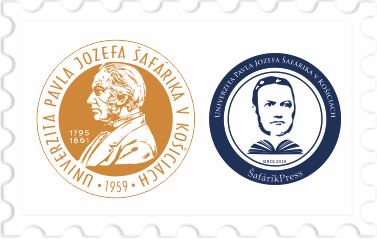Žiadne produkty
Produkt bol úspešne pridaný do vášho košíka
0 ks tovaru Vo vašom košíku je 1 produkt.
The potential breeding value of snow clover (Trifolium pratense ssp. nivale (W.D.J. Koch) Arcang.) and red clover (Trifolium pratense ssp. sativum) hybrids
DOI: https://doi.org/10.33542/TJB2019-2-06
Autor: Galina Naydenova, Viliana Vasileva
Rok vydania: 2019
Vydavateľ: Univerzita Pavla Jozefa Šafárika v Košiciach, Botanická záhrada
Dostupné od: 29.11.2019
URL článku: https://www.upjs.sk/public/media/21061/Thaiszia-2019-2-6-Naydenova.pdf
Abstrakt: Eight red clover subspecies are registered in Europe but it can be considered that the high genetic diversity and local genetic adaptation existing at a subspecies level is unused. The experiment aimed at studying agronomical traits of the hybrids obtained from crosses of wild subspecies of Trifolium pratense - snow clover (Trifolium pratense ssp. nivale (W.D.J. Koch) Arcang.) and cultivated red clover (Trifolium pratense ssp. sativum). Under field conditions, two snow clover half-sib families - F1 generation of crossbreeding were selected and compared to the paternal variety Nika 11 for three years. According to results, the size, habit of growth as well as dry matter productivity at spring growth of the F1 hybrids were similar to the cultivated red clover. In summer regrowth, they were less productive. In terms of a type and rate of development the hybrids were similar to snow clover. From morphological point of view, the families proved of interest with its abundant leafiness, which renders them suitable for breeding in pasture direction. The hybrids are characterized by an icreased number of seeds per inflorescence and seed yield. The open-pollinated seeds of families were used for the formation of a population that represented the F2 generation progenies. The phenotypic variation in the first vegetation of F2 generation was high for plant flower colour, growth habit, and degree of pubescence. It can be considered that this population contains a high genetic variation and is suitable for development of complex hybrid breeding populations.
Kľúčové slová: intersubspecific hybrids, morphological traits, red clover, productivity, snow clover.
Názov časopisu: ISSN: Ročník: Číslo: | THAISZIA - JOURNAL OF BOTANY 1210-0420 29.2019 2 |
